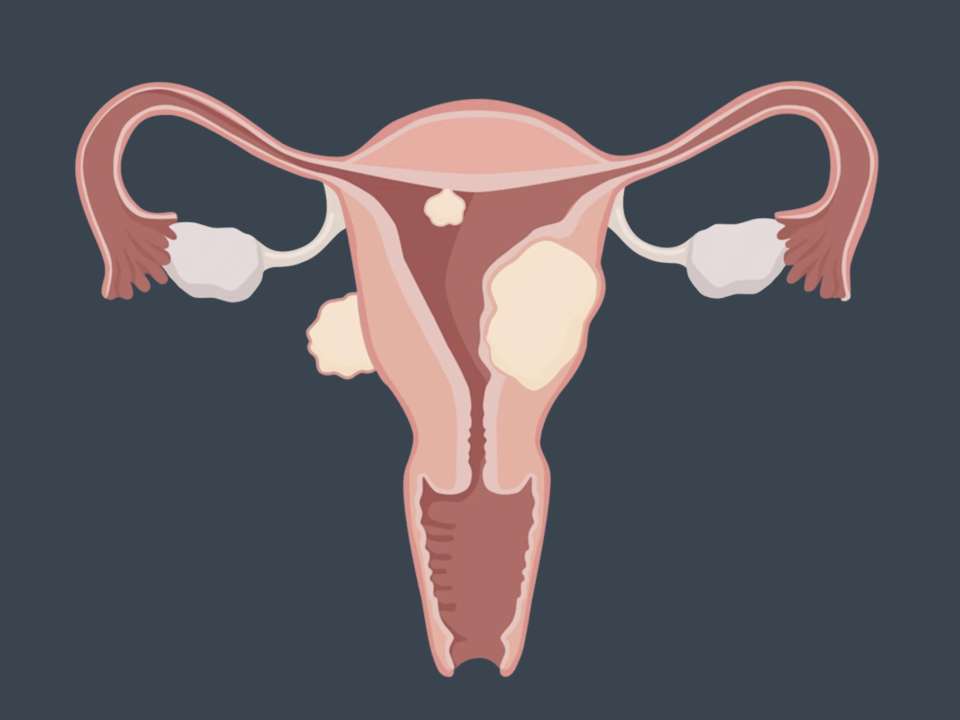
We get it — it’s embarrassing to talk about anything that goes on “down there.” So, when symptoms like painful sex, leaky bladder, bowel issues and more start to appear, you might ask: Who can I talk to about this?
A pelvic health therapist is there for that very reason.
What is a pelvic floor therapy?
Pelvic floor therapy treats the pelvic floor — a group of muscles that form a sling across the floor of your pelvis and connect with surrounding tissues to hold your pelvic organs in place (think: your bladder, uterus, intestines and more).
Just like a physical therapist, pelvic health therapists help you identify the issue, discomfort or pain you’re feeling in your pelvic floor, and will work with you to create a plan to help you alleviate the symptoms.
“Pelvic therapists focus on the muscles and the nerves and movement of the area, and how that helps our body function better,” says Valerie Bobb, a physical therapist and a pelvic health specialist at UW Medical Center – Roosevelt.
It’s a common belief that pelvic health therapy is only helpful for people who have recently given birth to help regain muscle strength in the area, but the therapy can be helpful for many people — all genders included.
“I treat primarily pregnant and postpartum women, and men and women with urinary and bowel concerns,” Bobb says. “I also treat those with abdominal and pelvic cancers and pelvic pain.”
Most of these concerns are considered pelvic floor disorders, which occur when the pelvic muscles or connective tissues are weakened or hurt. In addition to incontinence, pelvic floor disorders could also lead to pelvic organ prolapse, which can also be treated through pelvic health therapy.
How do I know if I should see a pelvic health therapist?
Mindfulness might be a trendy topic, but a great way to know if it’s time to consider seeing a pelvic health therapist is to be mindful of what’s happening with your body.
If you notice that you experience a little bit of leakage when you’re laughing, make note of it. If there’s pain during sex, keep that in mind, too. When you’re in tune with your body, it’s more likely you’ll realize when something is truly “off,” rather than blaming the difficulty to pee in the office bathroom on stage fright.
So, what are some symptoms to look out for? Here are a few:
-
Pain during or after sex
-
Pain in the lower abdomen
-
Incontinence (bladder or bowel)
-
Pain with a full bladder or while peeing
-
The feeling of needing to pee, but the inability to empty your bladder
Still, we know it’s not particularly fun to see someone for issues in such a vulnerable area of your body.
“One of the most common things we hear from our patients is that they were nervous to come to their first visit with us, or even worse, they postponed their visit because they were unsure of what was going to happen,” says Bobb.
The anxiety is real, but we hope the shame doesn’t have to be. Here’s what you can expect at your first appointment with a pelvic health therapist.
Going to your pelvic health therapy appointment
First, it’s important to know that the providers understand the awkwardness and are there to support you through it. A pelvic health therapist’s job is to help you make informed decisions about your treatment plan, and not perform any exams that feel uncomfortable.
The appointment is like any other doctor appointment: You’ll be in a private treatment room and will spend time talking to your therapist about your symptoms, your medical history and the goals that you have for therapy.
Next, Bobb says that the therapist will talk to you about the muscles involved with your symptoms. They may recommend a pelvic exam to get more insight, but you are always more than welcome to decline, giving you full autonomy over the process, and your body.
“You get to decide what part of the exam to do,” says Bobb.
After the appointment and potential exam, the work begins. Homework, that is.
“The homework will help you progress with your goals and address what we found in your evaluation,” Bobb says. “We’ll also determine the number of visits you’ll need, how often you’ll need to visit and how long. It’s important that you do your homework to see the progress.”
Pelvic floor exercises
If you are prescribed “homework,” it will typically consist of a variety of exercises you can do at home to strengthen and retrain your pelvic floor.
A common exercise to help strengthen the pelvic floor is the Kegel. You’ll be instructed to first empty your bladder, tighten and hold your pelvic floor muscles for a count of ten (think: contract and squeeze the same muscles you would to stop urine flow) and relax your muscles for a count of ten.
There are modifications that your therapist may provide to tailor the exercise to your needs, but learning how to isolate and activate these muscles are a crucial step in the process.
The road to recovery
Deciding to take the step to talk about these symptoms is something to be celebrated. You shouldn’t have to self-manage the pain; there are pelvic health therapists ready to help you restrengthen those muscles and get you feeling better.
After all, life can be stressful enough. We all deserve strong pelvic floor muscles, to not have to run to the bathroom after a good belly laugh … and the painless sex is a nice bonus, too.

 Healthy ideas for your inbox
Healthy ideas for your inbox





